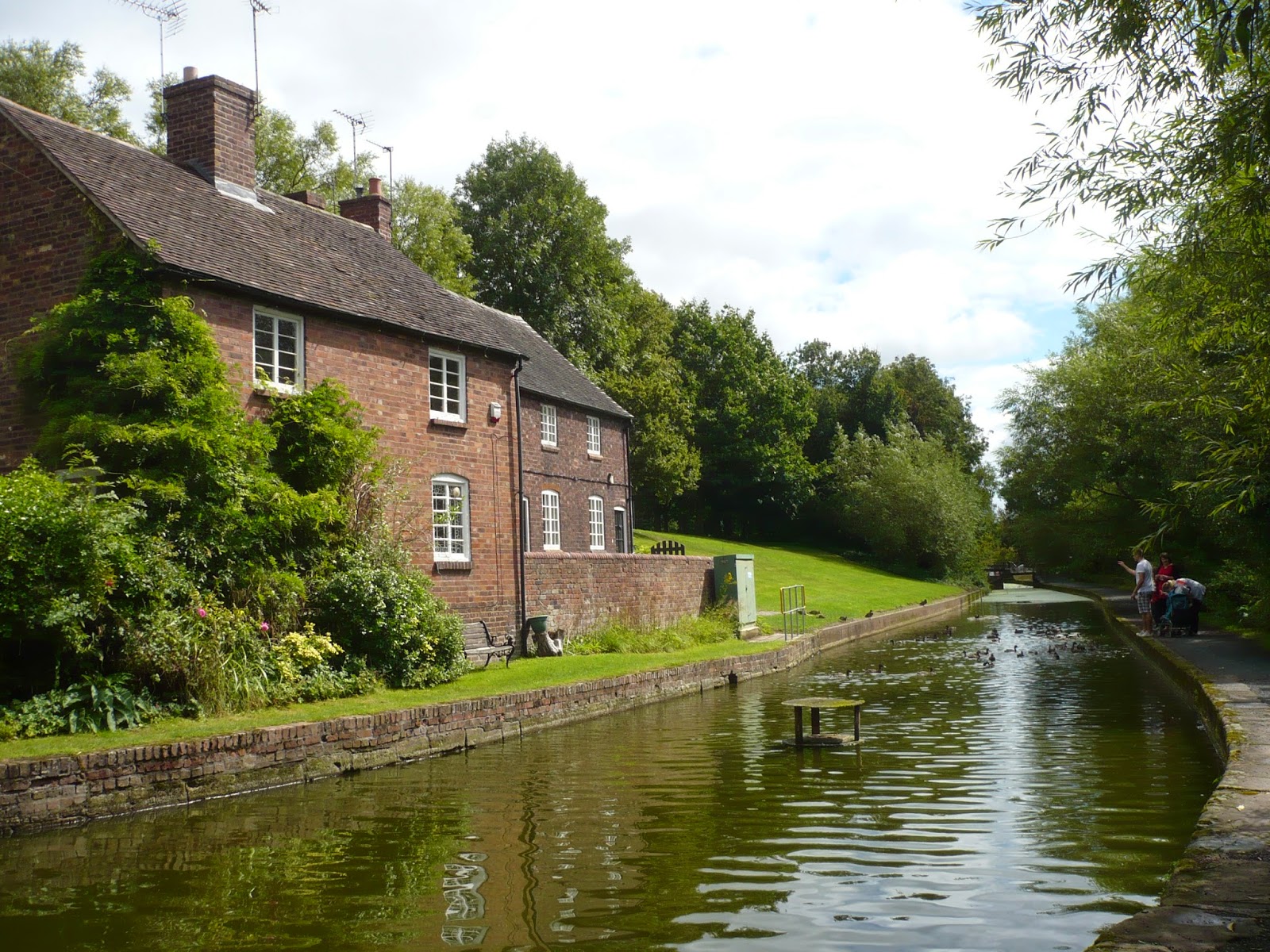
A wooden knight welcomes visitors into the interior of Peckforton Castle which takes its name from the castle's location in the Peckforton Hills, Cheshire. But all is not as it seems. This is an example of the Victorians love of the Gothic because it was actually built in the 19th Century as a family home by John Tollemache, a wealthy Cheshire landowner and MP. It took eight years to construct (1844-1852) and to recreate a medieval castle with more than 100 rooms, a rather charming chapel (where he is buried, or at least there is a tomb there) and a stable for 30 horses. Tollemache became the 1st Baron Tollemache so he had a title to go with the impressive surroundings, considered to be the last fortified home to be built in England. As you can imagine a man who builds something on this scale was not only very wealthy but just a little eccentric and has been described as a benevolent despot, one of whose foibles was to wear a wig despite having a full head of hair. His paternalism for his estate workers was based on his belief of self reliance for the working class by giving them "three acres and a cow" and built 50 farmhouses in the area to bring this idea into practice.

Here is the entrance into the castle which today is an hotel and a popular venue for weddings. The brasserie located in a corner inside was doing afternoon tea but we were being given a whistle stop tour of the area by family who have just moved to this part of Cheshire. They like to chivvy us along because they know we have a tendency to dawdle and I combine that dawdling nature with photography so am indulged with an extra five minutes. It was a brief look at the birds of prey who are resident here
taking a picture of a kestrel, which would not be used by a knight in medieval times as it was considered a lowly hunting bird,may only suitable for knaves, servants and children. According to the "Boke of St Albans" an Old English book of 1468 which details the Falconry
Laws of Ownership a knight would have a Saker falcon. No sign of one of those.
But what else would a knight do in his leisure hours if not killing small fury and feathered things well he might partake of a joust
Which brings me to something else that is not what it seems. This slabbed fireplace of jousting knights and castle was made by Craven Dunnill in the 1930s and is on display in the Jackfield Tile Museum. It has been decorated using the
tube-lining technique but it is not typical of the period when the fireplaces were usually just mottled tiles and it is thought it must have been made for an exhibition and harks back to an early time of Arts and Crafts houses. I recognise the coat of arms on the right as the Scottish lion but the one on the left is bugging me because it looks vaguely familiar. Then again it may just be one made up by the tile makers imagination.
An entry to ABC Wednesday, a journey through the alphabet, this week sojourning at K
here




















